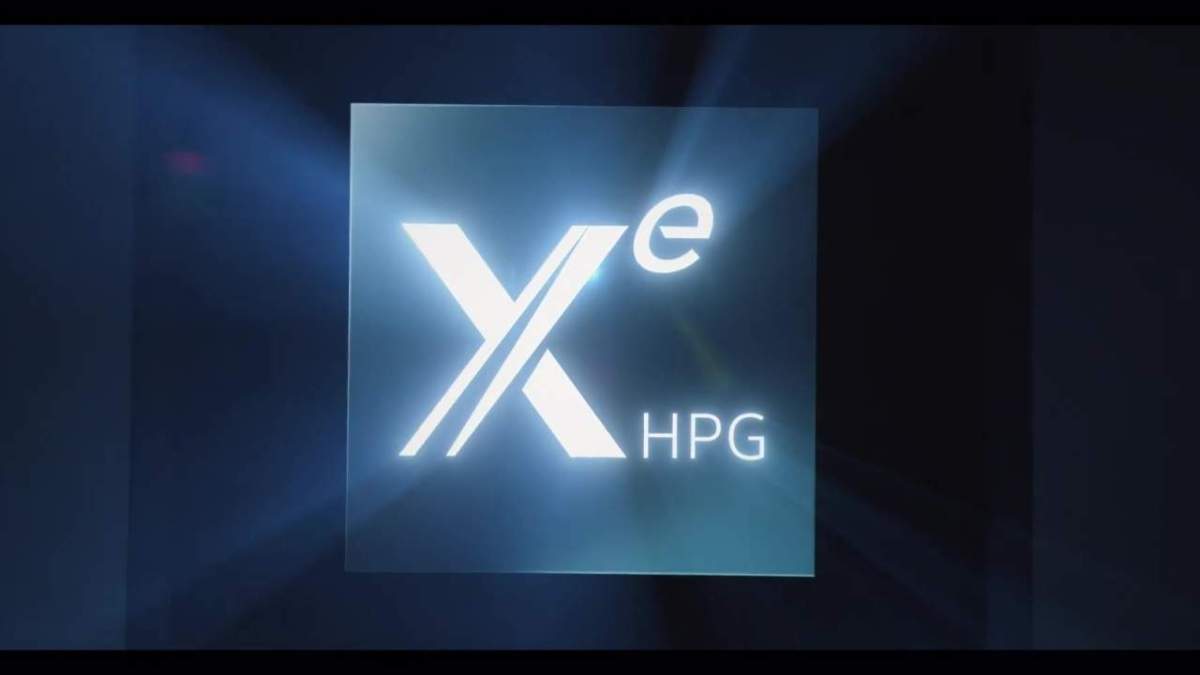Intel held its Architecture Day 2021 on August 19 and finally showed off some more key details about its Xe HPG architecture for its first generation of graphics cards. Several of the key project leads, including Raja Koduri, appeared during a segment to discuss the revised Execution Units (EUs) and general design, the process technology, efficiency gains, API support, and other features.
For context, Raja Koduri previously worked at AMD to design the RDNA architecture that’s currently in its second iteration and found in Radeon RX 6000 Series GPUs. He then went from Red to Blue in a non-literal sense and joined Intel to spearhead the Xe HPG architecture. That was years ago, so it’s exciting to finally see the project coming to fruition after years of vague talk, leaks, and rumors.
Hopefully the beginning of a great product arc
The Xe HPG architecture is built for Intel’s DG2 graphics cards, now formally known as ARC “Alchemist” for the first generation. It will feature varying specs per die, but the core design is as follows. Alchemist will feature scalable Xe-cores with 16 vector engines and 16 matrix engines. Each of these will make up what it’s calling a Render Slice, not like pie. Each Render Slice will contain four of the Xe-cores clusters, a fixed function unit for DirectX 12 Ultimate support, and four new ray tracing acceleration units. A set of eight Render Slices will share access to L2 cache. Intel didn’t provide any exact numbers on cache size, but it will likely vary based upon the configuration similar to how AMD implements Infinity Cache on its GPUs.
We also learned that Intel will tap TSMC’s 6nm node to manufacture Alchemist, with rumors suggesting that Intel will use TSMC for future generations of its GPUs as well.
How good will Intel Xe HPG be?
It remains to be seen how Intel’s first generation of graphics cards will turn out, but rumors suggest it could be as good as the Nvidia RTX 3070 or 3070 Ti if the drivers perform well. Jarred Walton of Tom’s Hardware also ran some basic calculations for theoretical performance based upon today’s reveal and came to a similar conclusion. It will be nothing earth-shattering, but a pretty impressive first attempt from Intel.
Add to that the potential performance gains from Intel’s AI-based upscaling technology XeSS, as we might have an interesting new player in the market if Intel offers its products at reasonable enough prices and is able to get graphics cards onto shelves consistently.
Intel will launch its graphics cards based upon the Xe HPG architecture in Q1 of 2022. Before then, we’ll have another interesting new Intel product to inspect. You can learn more new details about Team Blue’s next generation of hybrid Alder Lake CPUs, which it also discussed at Architecture Day 2021.







Published: Aug 19, 2021 09:00 pm